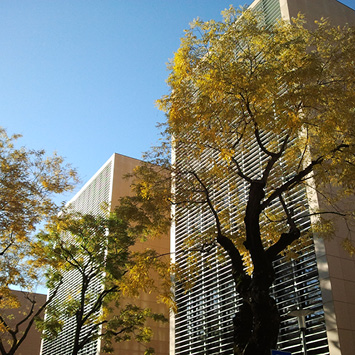
Variation in the expression of anticausativity:

Variation in the expression of anticausativity: the case of Chilean Spanish The Spanish dialect spoken in Central Chile exhibits a distinctive grammatical phenomenon in contexts combining reflexively marked anticausatives and affected
datives. It involves the insertion of a dummy dative-like clitic LE. Thus, a clitic cluster of the form se me, containing the anticausative marker SE and a 1SG affected dative clitic me, may surface as se me le. The dummy element LE has been called a stylistic applicative. What makes the stylistic applicative phenomenon particularly interesting for the study of
anticausativity is that it renders the reflexive anticausative marker SE optional: clusters of the form se me le freely alternate with clusters of the form me le, which lack the reflexive. Crucially, sentences following the later pattern, i.e., without the anticausative reflexive marker, preserve their anticausative interpretation.
This alternation challenges theories that posit the reflexive anticausative marker SE as responsible for the meaning of anticausative predicates, as its optionality in stylistic applicative contexts suggests that it makes no relevant semantic contribution. Instead, the phenomenon supports the view that SE serves a purely formal function, satisfying a structural requirement in a manner similar to expletives, rather than affecting interpretation. In this sense, the stylistic applicative construction adds elements to the syntactic structure that can occupy the position typically reserved for SE in anticausative predicates, thereby explaining the optionality of this element.